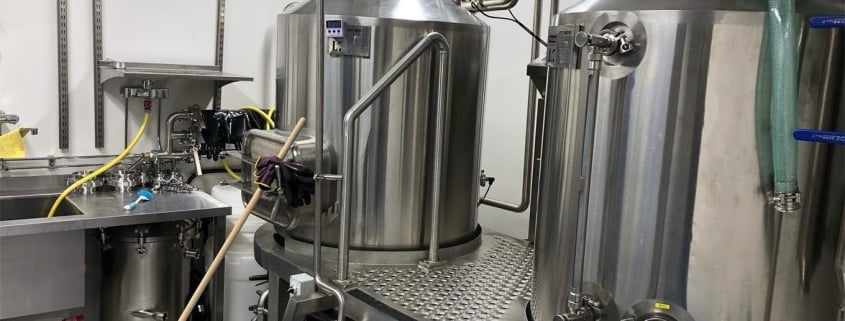Top Trends Shaping the Future of Commercial Beer Brewing in 2025
Beer brewing is no longer just a hobby; it has blossomed into a booming global industry. Whether you’re a beer enthusiast dreaming of opening your own brewery or simply curious about how your favorite pint is made, commercial beer brewing is a fascinating and intricate process that blends science, art, and business. In this in-depth guide, we’ll walk through the step-by-step commercial beer brewing process, explore the essential equipment for commercial beer brewing, break down the cost of starting a commercial brewery, compare craft brewing versus commercial beer brewing, dive into common challenges in commercial beer brewing, and discuss the latest trends in commercial beer brewing.
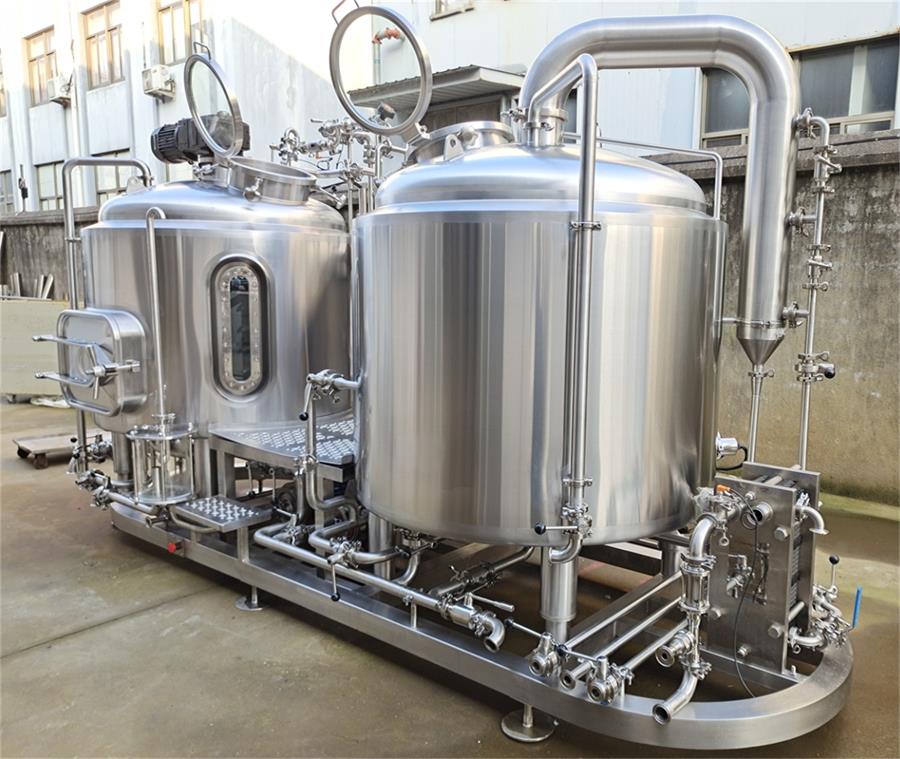
Step-by-Step Commercial Beer Brewing Process
Have you ever wondered how that crisp, refreshing beer ends up in your glass? The commercial beer brewing process is like a symphony where each instrument plays a crucial role. Let’s walk through this step-by-step journey.
Malting: The Birth of Flavor
It all starts with malted grains, usually barley. The grains are soaked in water to germinate, then dried in a kiln. This malting process activates enzymes that will later convert starches into fermentable sugars. Think of it as setting the stage for flavor development. Malting is the first big decision point because the type of malt used can make a beer taste nutty, sweet, or even chocolaty.
Mashing: Extracting the Goodness
The malted grains are crushed and mixed with hot water in a mash tun. This step is called mashing, and it’s where the magic happens. Enzymes break down the starches into sugars, creating a sweet liquid called wort. It’s like making oatmeal but with beer in mind.
Lautering: Filtering the Sweetness
Next, the wort is separated from the spent grains in a process known as lautering. Imagine draining pasta; you want the flavorful liquid, not the soggy bits.
Boiling: Adding the Hops
The wort is then boiled, usually for an hour. This is when hops are added, giving beer its characteristic bitterness, aroma, and flavor. The amount and timing of hops can drastically change the taste—early additions make beer more bitter, while later additions boost aroma.
Cooling: Getting Ready for Yeast
After boiling, the wort must be rapidly cooled to a temperature safe for yeast. Cooling too slowly risks bacterial contamination. Most breweries use a heat exchanger to cool the wort quickly and efficiently.
Fermentation: Yeast at Work
Yeast is then added to the cooled wort in a fermentation tank. Over several days to weeks, yeast consumes the sugars and produces alcohol and carbon dioxide. This is where beer is truly born.
Conditioning: Perfecting the Brew
After primary fermentation, the beer is conditioned to develop flavors and carbonation. Some beers undergo secondary fermentation, while others are force-carbonated.
Filtration and Packaging: Ready for the World
The beer is then filtered for clarity and packaged into bottles, cans, or kegs. Finally, it makes its way to your local bar or supermarket—ready to be enjoyed.
Essential Equipment for Commercial Beer Brewing
Commercial brewing requires more than just pots and pans. Here’s a detailed look at the key equipment every brewery needs to operate efficiently.
| Equipment | Description | Typical Size | Price Range |
|---|---|---|---|
| Mash Tun | Vessel for mixing crushed malt and hot water | 5 to 50 barrels | $10,000 – $100,000 |
| Lauter Tun | Used for separating wort from spent grains | 5 to 50 barrels | $10,000 – $80,000 |
| Brew Kettle | Used to boil wort and add hops | 5 to 50 barrels | $15,000 – $120,000 |
| Fermentation Tanks | Where yeast ferments the wort into beer | 5 to 200 barrels | $20,000 – $200,000 |
| Heat Exchanger | Cools wort quickly before fermentation | Various sizes | $3,000 – $15,000 |
| Bright Tank | For conditioning, carbonating, and storage | 5 to 200 barrels | $10,000 – $100,000 |
| Packaging Equipment | Bottling, canning, or kegging systems | Varies widely | $15,000 – $300,000 |
The size and capacity of this equipment depend on production goals. Larger breweries invest in fully automated systems that speed up processes but come with steeper price tags. Smaller craft breweries often start with manual setups to keep costs lower.
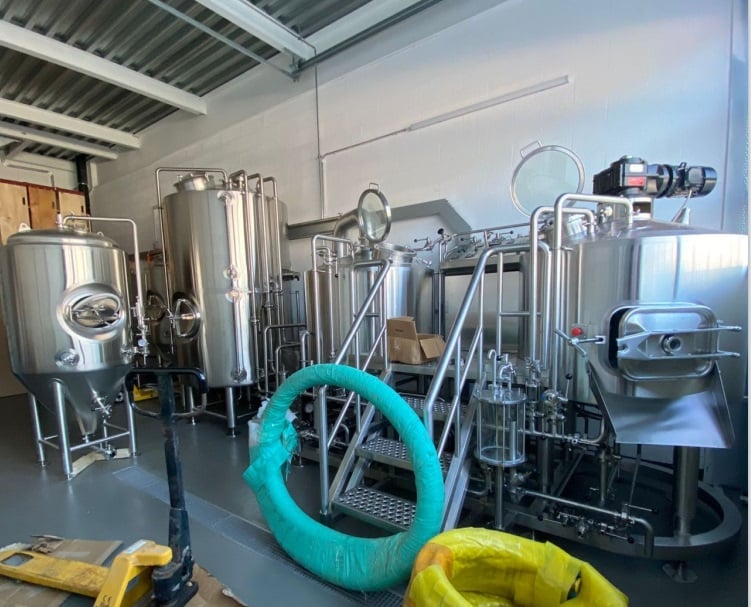

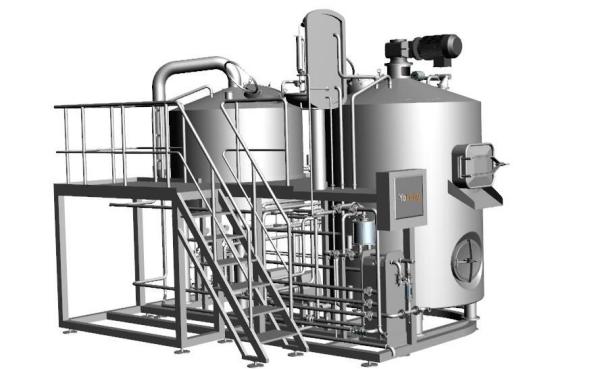
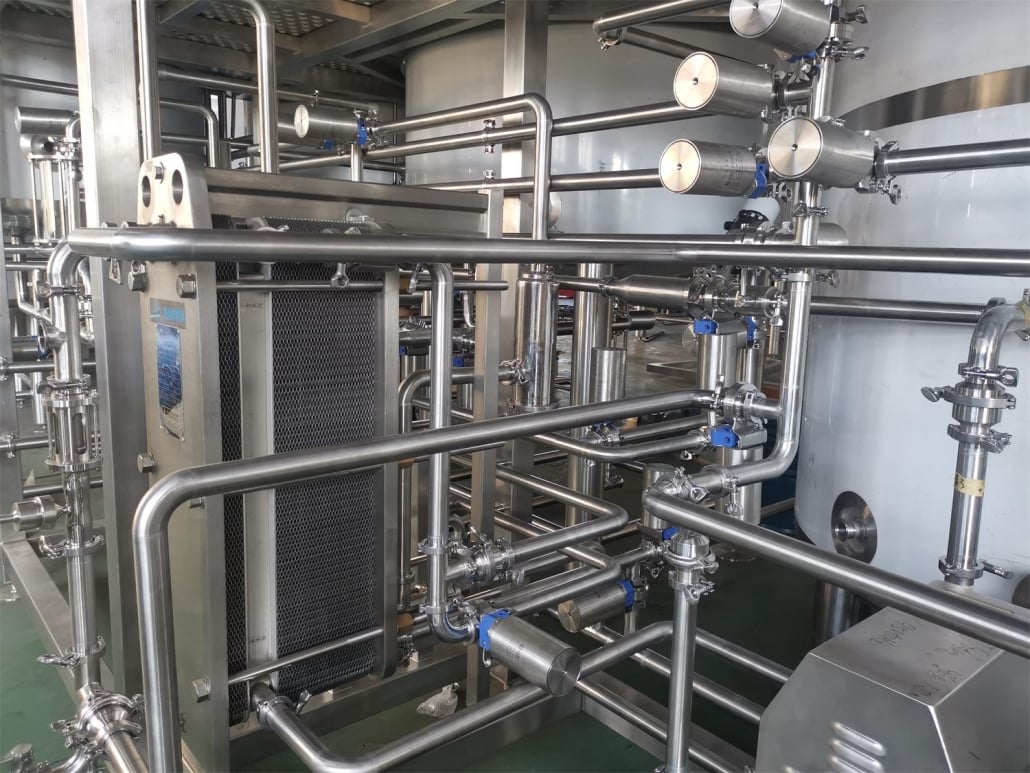
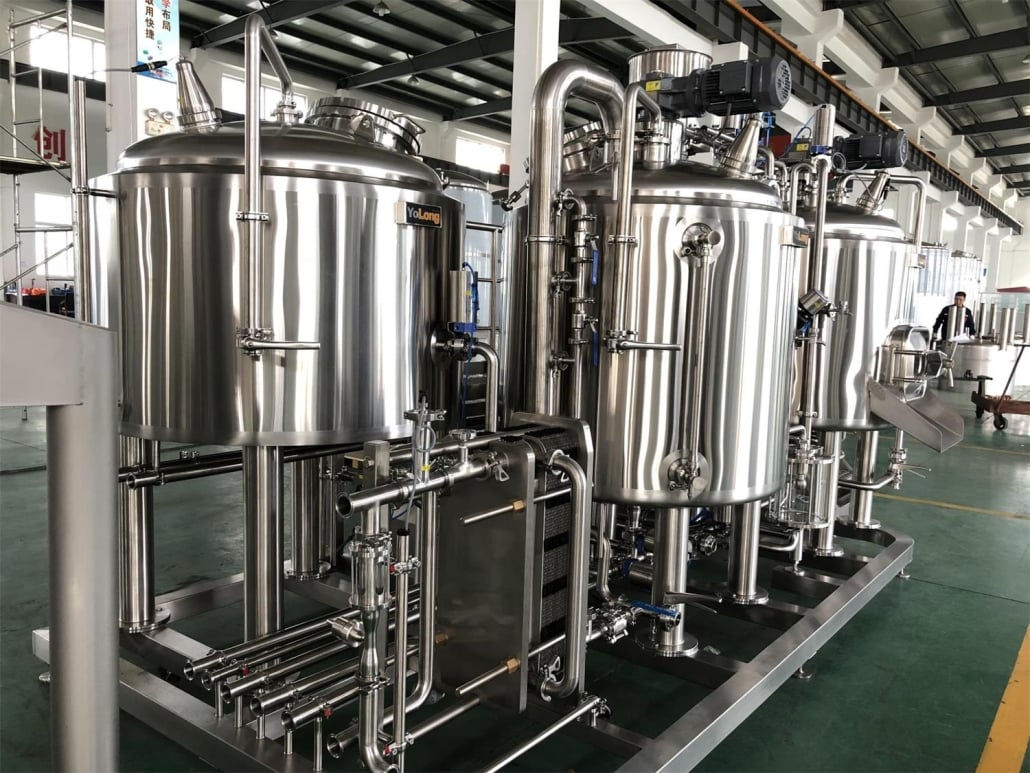
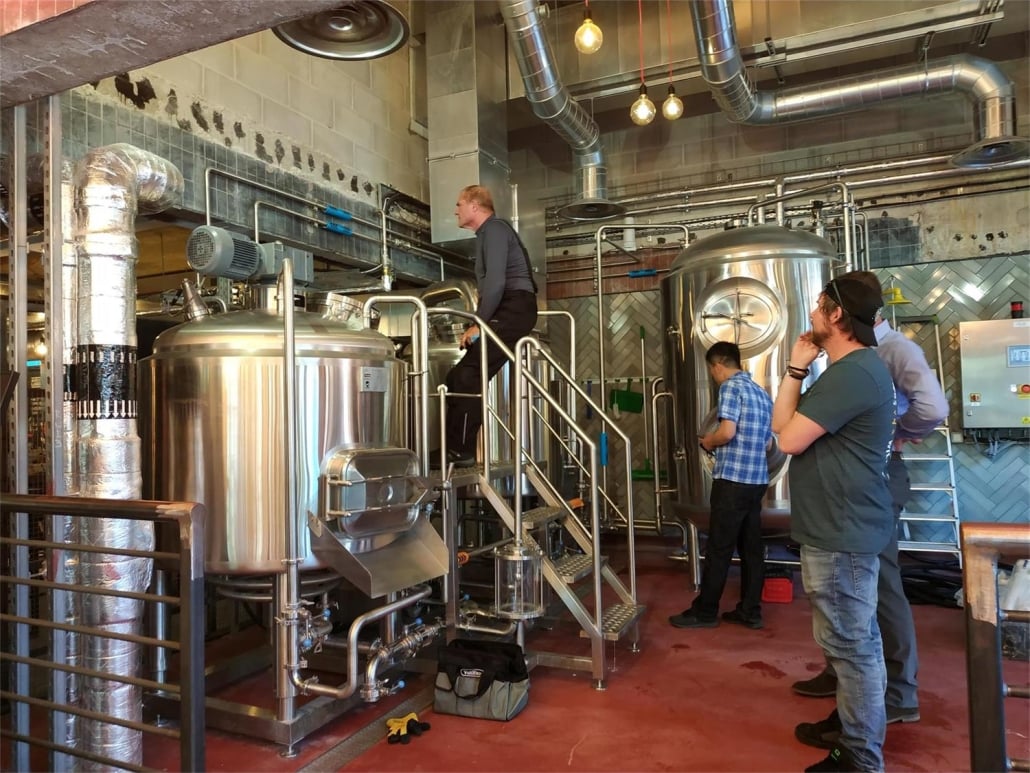
Cost of Starting a Commercial Brewery
Starting a commercial brewery isn’t cheap. It’s a significant investment, and costs can vary dramatically based on size, location, and scale. Here’s a general breakdown to give you a realistic picture.
| Cost Element | Description | Estimated Cost Range |
|---|---|---|
| Brewing Equipment | Fermenters, kettles, heat exchangers | $100,000 – $1,000,000 |
| Facility Build-Out | Plumbing, electrical, floor drains | $100,000 – $500,000 |
| Licensing & Permits | Alcohol production permits, local regulations | $10,000 – $50,000 |
| Ingredients | Malt, hops, yeast, water | $5,000 – $50,000 per batch |
| Packaging | Bottling/canning/kegging setup | $20,000 – $300,000 |
| Marketing & Branding | Labels, website, advertising | $5,000 – $50,000 |
| Working Capital | Cash flow for the first 6-12 months | $50,000 – $250,000 |
A small microbrewery might get off the ground with around $250,000 to $500,000, while a mid-size brewery could easily require $1 million or more. Location also plays a huge role—urban breweries often face higher real estate and renovation costs compared to rural setups.
Differences Between Craft and Commercial Beer Brewing
When people hear “commercial beer,” they often think of the big players like Budweiser and Heineken. But what’s the difference between these giants and your local craft brewery?
Scale and Production Volume
Commercial beer brewing typically involves large-scale operations producing millions of barrels annually. Craft breweries, on the other hand, usually produce less than 6 million barrels per year. Size matters here. Bigger breweries can leverage economies of scale, reducing their production costs per unit.
Ingredients and Flavor Profiles
Craft brewers often pride themselves on using high-quality, sometimes locally sourced ingredients. They tend to experiment with bold flavors and unique recipes. Commercial beers generally aim for mass appeal, which can lead to more standardized, sometimes blander flavors.
Production Methods
Commercial breweries often use highly automated processes for efficiency and consistency. Craft brewers, compared to commercial giants, may rely on more manual techniques and smaller batch sizes that allow for creative flexibility but are more labor-intensive.
Distribution and Reach
Commercial breweries dominate supermarkets, stadiums, and international markets. Craft brewers typically focus on local or regional distribution, although some have expanded into national chains.
Price and Perception
Craft beers are often more expensive per pint due to smaller batch sizes and premium ingredients. However, they carry an image of authenticity and craftsmanship. Commercial beers are generally more affordable but may be perceived as less adventurous.
Common Challenges in Commercial Beer Brewing
Starting and operating a commercial brewery comes with a unique set of hurdles. Here are some of the most common challenges brewers face.
Maintaining Consistency
One of the biggest challenges is ensuring that every batch tastes the same. Imagine if your favorite beer tasted different each time—it’d be a disaster! Large breweries invest heavily in quality control labs to maintain consistency across batches.
Managing Costs
The cost of raw materials like hops and malt can fluctuate, squeezing profit margins. Brewers must carefully manage supplier relationships and monitor ingredient markets.
Regulatory Compliance
Alcohol production is heavily regulated. Breweries need to navigate a maze of local, state, and federal laws covering everything from labeling to environmental waste disposal.
Competition and Market Saturation
The craft beer boom has led to market saturation in some areas, making it harder for new entrants to stand out. Breweries need to craft a compelling brand story and deliver exceptional products to capture market share.
Equipment Maintenance
Commercial brewing equipment is expensive and requires regular maintenance. Unexpected breakdowns can halt production and lead to costly delays.
Latest Trends in Commercial Beer Brewing
The beer industry is constantly evolving, and staying ahead of trends is essential for success. Here are some of the hottest trends shaking up commercial beer brewing right now.
Sustainability Initiatives
More breweries are focusing on eco-friendly practices like water conservation, renewable energy use, and sustainable packaging. Consumers are increasingly choosing brands that prioritize the planet.
Non-Alcoholic and Low-ABV Beers
There’s a growing demand for non-alcoholic and low-alcohol beers as more people look for healthier lifestyle choices without giving up the taste of beer. These beers are becoming more sophisticated and flavorful.
Unconventional Flavors and Ingredients
Brewers are getting adventurous with ingredients like coffee, chocolate, fruits, and even herbs. Sour beers, hazy IPAs, and barrel-aged stouts are capturing the imagination of beer lovers worldwide.
Technological Innovations
Automation, advanced fermentation monitoring, and AI-driven quality control systems are making breweries more efficient and reducing waste. Smart brewing technology is a game-changer.
Taproom-Centric Models
Many breweries are focusing on direct-to-consumer sales via taprooms, offering unique brews that aren’t available in stores. This model boosts margins and creates strong community engagement.
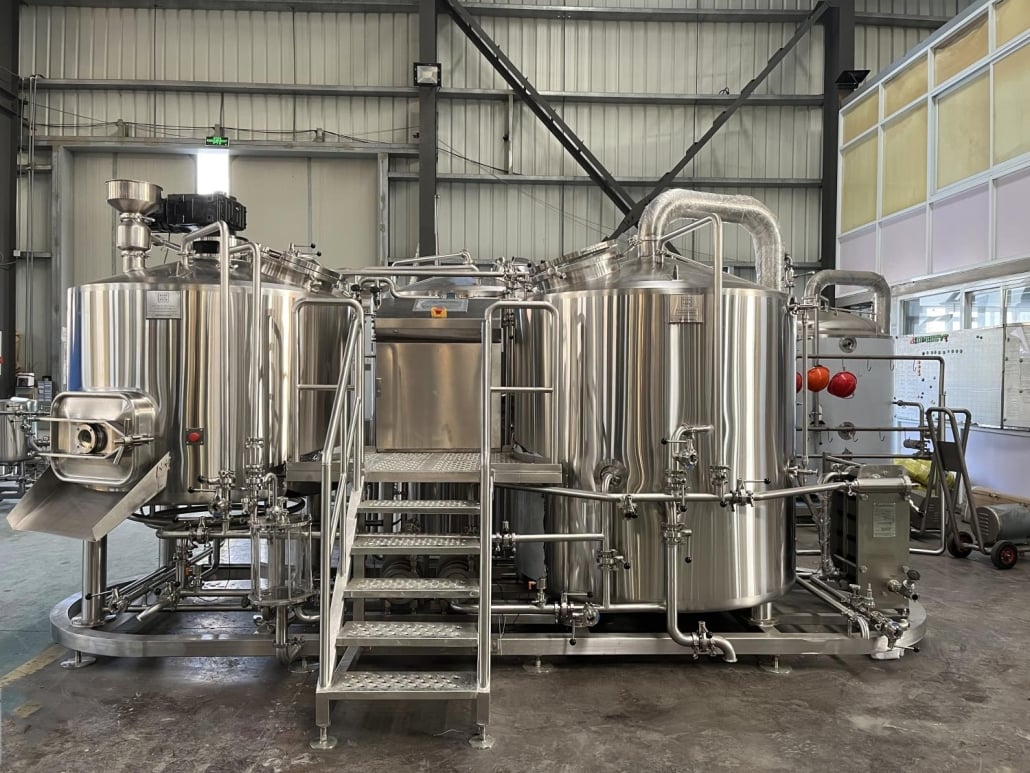
FAQs
| Question | Answer |
|---|---|
| How long does it take to brew commercial beer? | The entire process, from mashing to packaging, typically takes 2 to 4 weeks, depending on the beer style. Some specialty beers can take months to mature. |
| What is the difference between commercial beer and craft beer? | Commercial beers are usually mass-produced for wide distribution, while craft beers are typically brewed in smaller batches with a focus on unique flavors and artisanal techniques. |
| How much does it cost to start a commercial brewery? | Start-up costs can range from $250,000 for a small microbrewery to several million dollars for a larger production facility. |
| What equipment is essential for commercial brewing? | Key equipment includes mash tuns, lauter tuns, brew kettles, fermentation tanks, heat exchangers, bright tanks, and packaging systems. |
| Is brewing beer profitable? | It can be profitable, but margins can be tight, especially with high competition and fluctuating raw material costs. Successful breweries often rely on taproom sales and branding. |
| How is beer quality controlled in large breweries? | Large breweries use advanced lab testing and automated monitoring to ensure consistency, while smaller breweries may rely on hands-on quality checks and sensory evaluations. |

